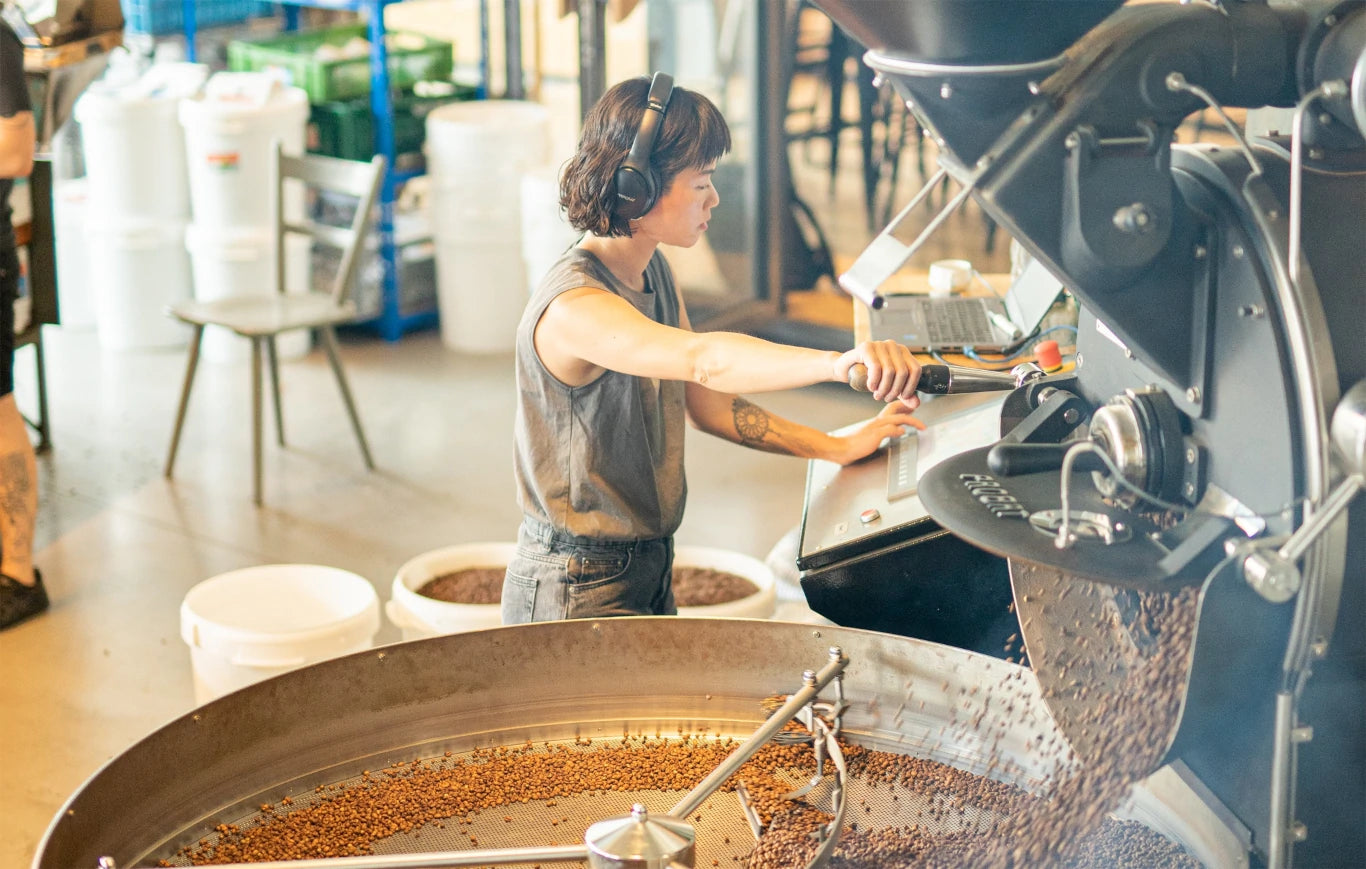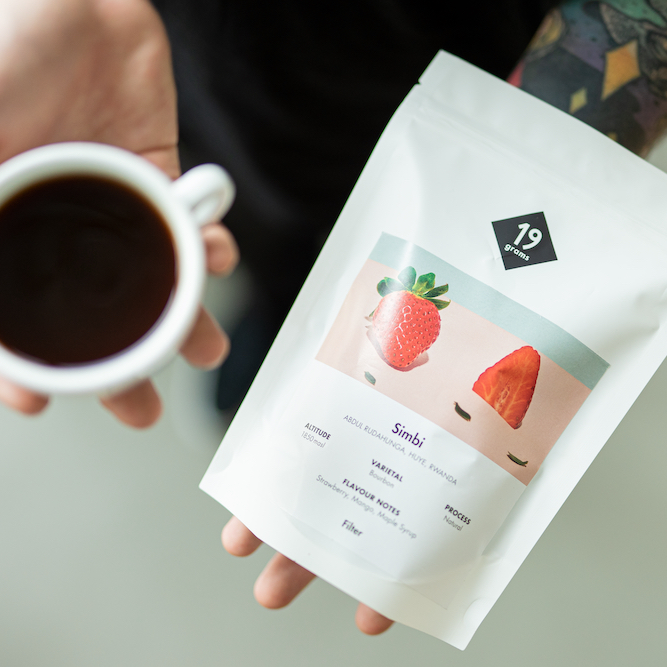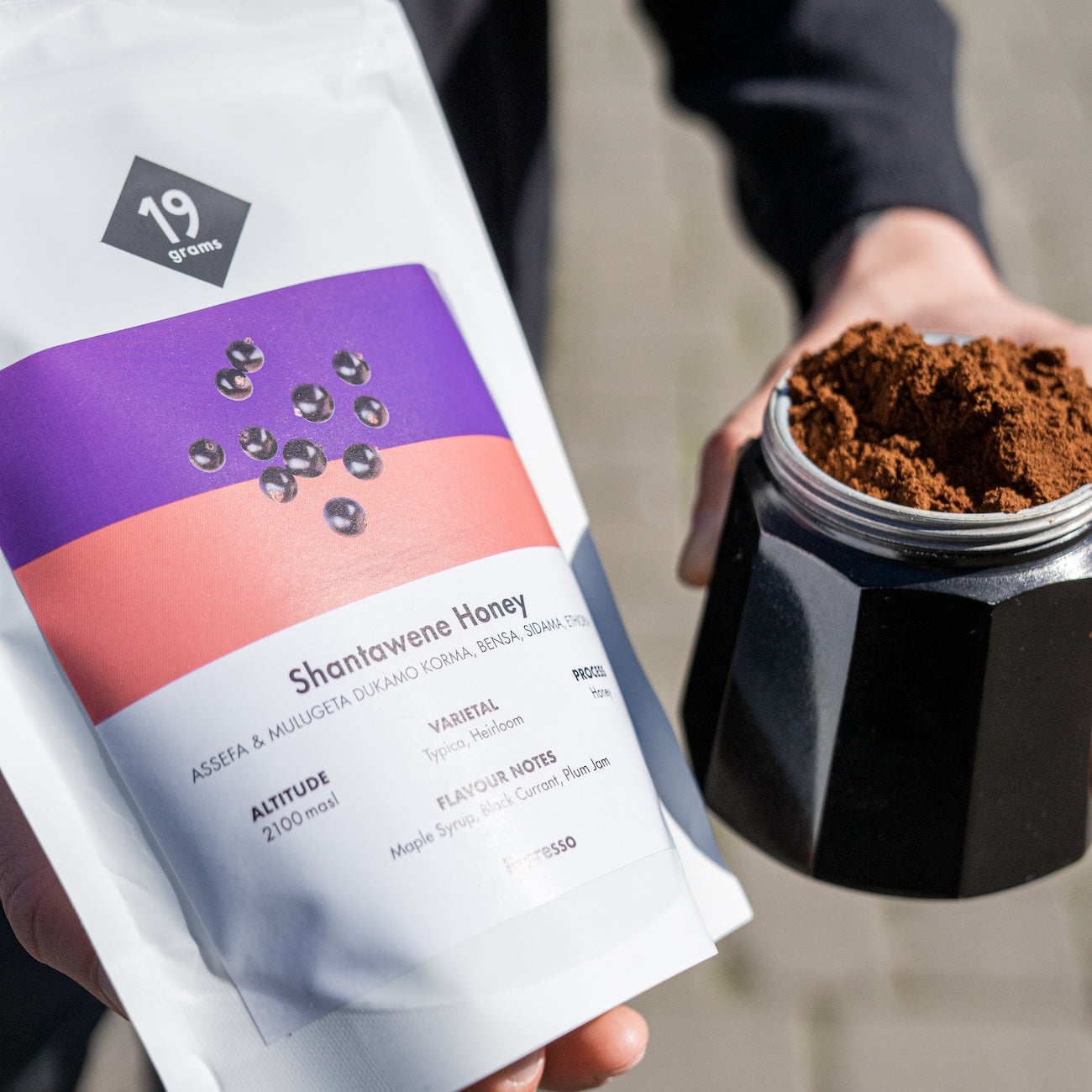Roasting is a crucial step in coffee production where the coffee bean develops its aroma. Green coffee beans lack the rich flavors found in roasted beans, which can contain over 800 flavors. During roasting, the beans undergo a chemical process in which flavors are broken down or formed. Temperature and heat curve play an important role, with the Maillard reaction occurring at about 165 degrees Celsius, creating new flavors. The degree of roasting also affects the flavor of the coffee, with lighter roasts having less bitterness and a fruitier flavor, while darker roasts are richer and more suitable for espresso.
There are different roasting methods, with traditional drum roasting taking up to 25 minutes and reaching temperatures of 220 degrees Celsius. This produces a flatter temperature curve and balanced flavors. Hot air roasting, on the other hand, can reach temperatures of up to 600 degrees Celsius and the roasting process takes about 90 seconds. This method is often used in the industry to roast large quantities quickly, but can occasionally result in uneven roasting and burnt flavors.
Choosing a high-quality roast and proper preparation is critical to getting the best tasting coffee. Roasting affects not only the aroma, but also the color of the beans. Lighter roasts have a fruity character, while darker roasts such as Italian or espresso roast are preferred for espresso preparation. These darker roasts offer more flavors and are generally easier on the stomach compared to lighter roasts. Ultimately, it's important to find the right roast level and brewing method to enjoy a delicious cup of coffee.






